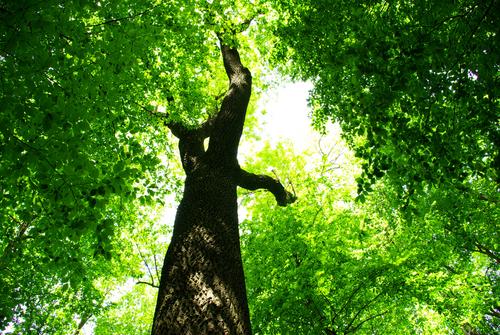- Home
- Play & Learn Home
- Online Enrichment
- Experience Modern Israel
- Israel It's Complicated
- Jewish and Me
- Jewish Holidays Jewish Values
- Jewish Values in Genesis and Jewish Values in Exodus
- Min Ha’aretz
- Our Place in the Universe
- Simply Seder
- The Prophets: Speaking Out for Justice
- Making T'filah Meaningful
- Make, Create, Celebrate
- Yom Haatzmaut Resources
- Hebrew Apps
- About The OLC
- What is the OLC?
- Introduction
- Get Started
- Resources
- OLC Content
- Parent Materials
- See My OLC Classes
- Store
Sap
"There is hope for a tree. If it is cut down, it will renew itself...At the scent of water, it will bud and produce branches like a sapling."
Job 14: 7,9
Tree-mendous Facts
*The world's tallest living tree, the Stratosphere Giant, grows in Humboldt Redwoods State Park in California. It is 369 feet tall, meaning its sap must rise from the ground to heights taller than a 30-story building.
*You'll need 35 to 40 gallons of tree sap to make one gallon of maple syrup.
*When the sap of lime trees becomes exposed to air, it often ferments, turning into alcohol. When bees drink this sap, they become drunk and bump into trees on their way back to the hive!
Rising to the Challenge
Sap, a nourishing mixture of water and dissolved minerals, enters plants and trees through their roots. As it rises inside the tree (through narrow passageways called the xylem), much of the sap escapes as water vapor through the leaves. What's left is converted to nutrients and sent back down to the parts of the plant that need it. But how does sap rise- sometimes as high as 369 feet? No one knows for certain, but scientists believe it is caused by transpiration and cohesion. Transpiration occurs when water vapor exits the plant through its leaves. The evaporating water molecules create a vacuum in the plant that sucks the sap upward, bringing new water to replace the water that is lost. Even a strong suction, though, can't raise water more than about 32 feet. To reach the top of taller trees, cohesion is required. Cohesion is the attraction between water molecules in plants and trees. When the water molecules in the sap bond (stick together), they create a tension that strengthens the stream of water inside the narrow xylem, forcing the sap upward with increased intensity. (Think about what happens when you place your thumb over the spout of a hose while the water is running; the narrower opening causes the steady stream of water to gush.)
A Powerful Force
Just as sap provides the essential nutrients that a tree needs to thrive, hope nourishes the human heart. The hidden mystery about sap, however, is not whether it exists. The important question is, “What force draws the sap into the upper reaches of the tree?”
A similar mystery clouds our understanding of hope. We know it exists, because we feel it beating in our hearts, but we yearn to know what forces can draw it into our lives more regularly. For Jews, these forces include wondrous Jewish holidays, our inspiring story of national survival, and most importantly, bitahon, trust in God. When we trust that God cares about us, we nourish our lives with hope. As the prophet Jeremiah says, “Blessed are those who trust God…. For they will be like a tree planted by waters…its leaves will always be fresh…and it will not stop yielding fruit” (Jeremiah 17:7–8).
0


